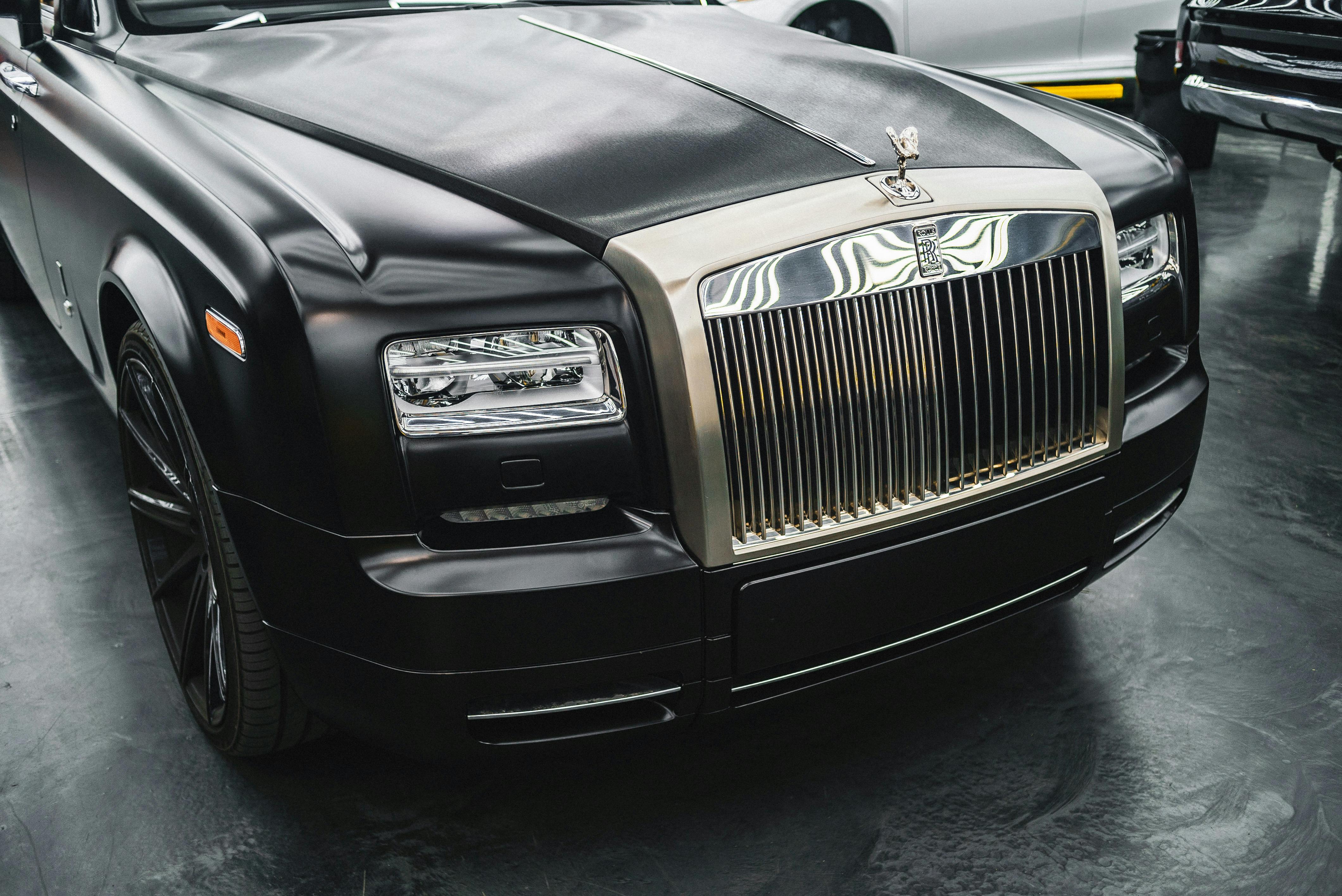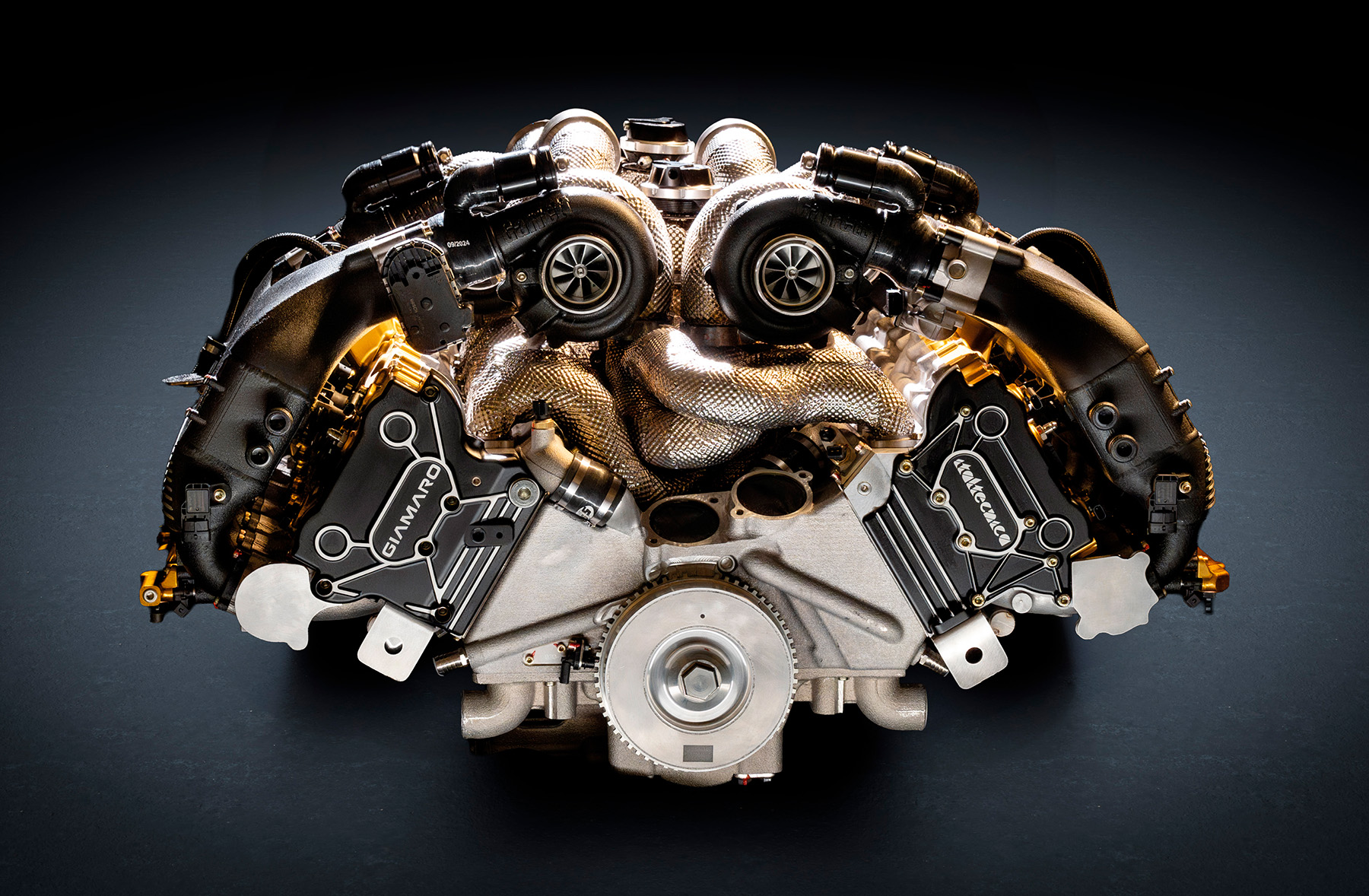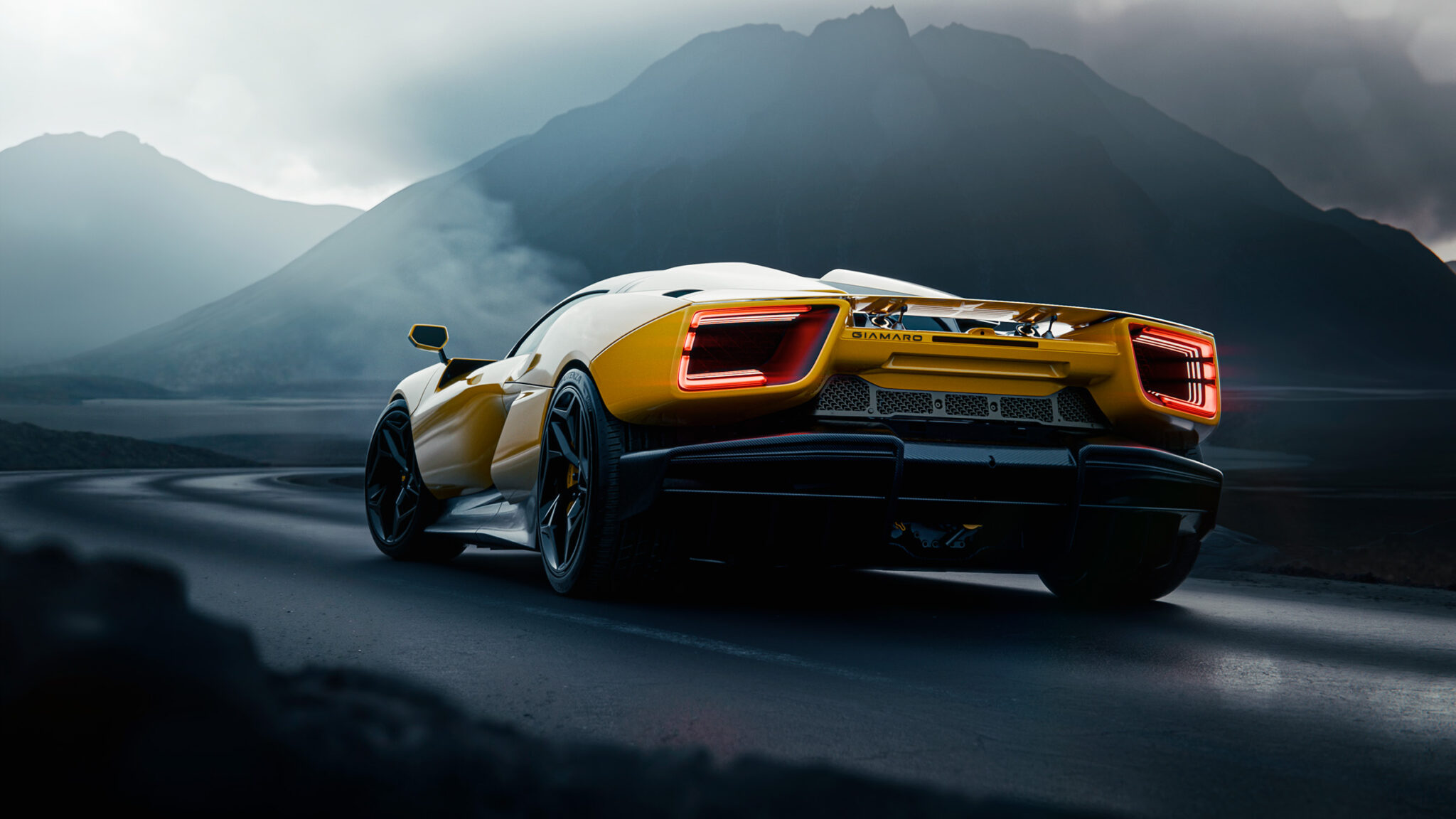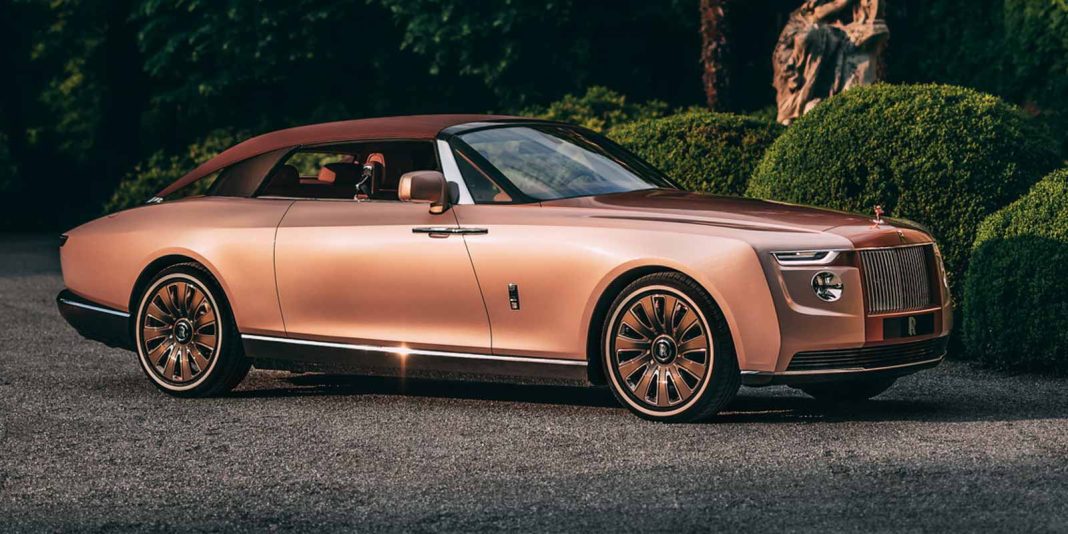Rolls-Royce vs Bentley: Which Is the Ultimate Status Symbol?
When it comes to ultra-luxury cars, two names dominate the conversation: Rolls-Royce and Bentley. Both brands represent the pinnacle of automotive excellence, but which one truly stands as the ultimate status symbol?
In this in-depth comparison, we’ll explore the heritage, design, performance, and exclusivity of Rolls-Royce and Bentley to help you decide which luxury sedan best suits your prestige.
1. Heritage & Brand Prestige
Rolls-Royce: The Epitome of Luxury
Founded in 1906, Rolls-Royce has long been associated with royalty, celebrities, and billionaires.
Known for its "Best Car in the World" reputation.
The Rolls-Royce logo (Spirit of Ecstasy) symbolizes elegance and grandeur.
Bentley: Luxury with a Sporting Edge
Established in 1919, Bentley started as a performance-driven luxury brand.
Famous for its racing heritage (multiple Le Mans wins).
The Bentley car logo (winged "B" emblem) represents speed and sophistication.
Verdict: Rolls-Royce is the more traditional status symbol, while Bentley blends luxury with performance.
2. Design & Craftsmanship
Rolls-Royce: Bespoke Opulence
Hand-built interiors with customizable options (e.g., starlight headliners, personalized embroidery).
Timeless, imposing designs (e.g., Phantom, Ghost, Cullinan).
Suicide doors (coach doors) for a dramatic entrance.
Bentley: Sporty Elegance
Refined but slightly more understated than Rolls-Royce.
High-end materials like quilted leather, wood veneers, and polished metals.
Models like the Flying Spur and Continental GT offer a balance of comfort and dynamism.
Verdict: Rolls-Royce is more extravagant, while Bentley is sleeker and driver-focused.
3. Performance & Driving Experience
Rolls-Royce: Effortless Grandeur
Silent, cloud-like ride with air suspension.
Powerful V12 engines (but not built for speed).
Designed for being chauffeured, not driving aggressively.
Bentley: Power Meets Refinement
More engaging driving dynamics (e.g., Bentley Continental GT Speed).
Twin-turbo W12 and V8 engines with sportier handling.
Ideal for those who enjoy driving their luxury car.
Verdict: Bentley is the better driver’s car, while Rolls-Royce is pure comfort.
4. Exclusivity & Price
Rolls-Royce: The Ultimate Flex
Starting price: ~$350,000 (Ghost) up to $500,000+ (Phantom).
Ultra-exclusive Bespoke program (some models exceed $1 million).
Lower production numbers = higher prestige.
Bentley: Slightly More Accessible
Starting price: ~$200,000 (Bentayga) to $300,000+ (Mulsanne).
Still luxurious but more attainable than Rolls-Royce.
Verdict: Rolls-Royce is rarer and more expensive, making it the ultimate status symbol.
5. Celebrity & Cultural Influence
Rolls-Royce: Favored by royalty (Queen Elizabeth II), rappers (Jay-Z, Drake), and tycoons.
Bentley: Popular among athletes, business moguls, and luxury enthusiasts who prefer driving.
Final Verdict: Which Is the Ultimate Status Symbol?
Choose Rolls-Royce If You Want:
✅ The most prestigious name in luxury cars
✅ A chauffeur-driven experience
✅ Unmatched bespoke customization
Choose Bentley If You Prefer:
✅ A blend of performance and luxury
✅ A more engaging driving experience
✅ Slightly lower price with elite status
Conclusion:
While both brands are icons of ultra-luxury cars, Rolls-Royce holds the crown as the ultimate status symbol due to its unmatched prestige, exclusivity, and bespoke craftsmanship. However, Bentley remains a strong contender for those who value performance alongside luxury.




















